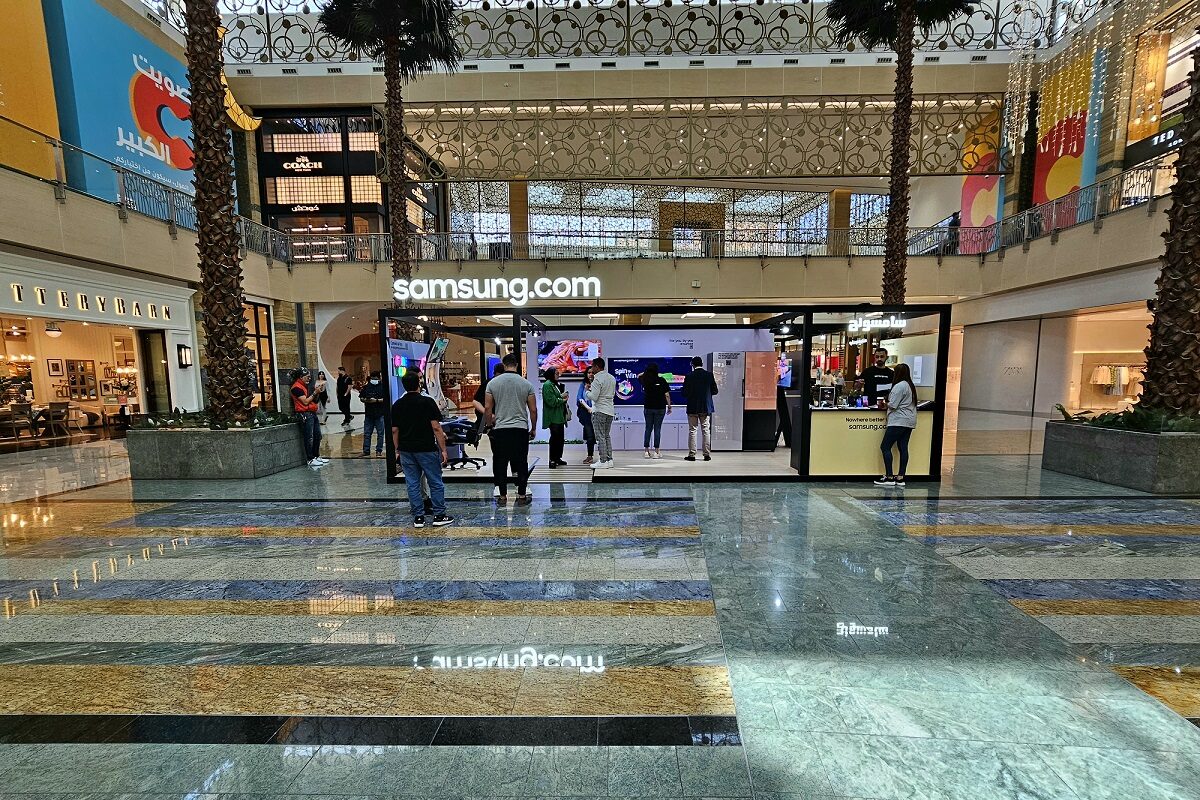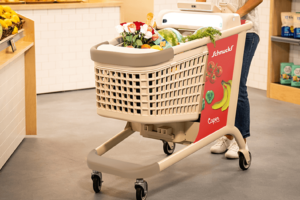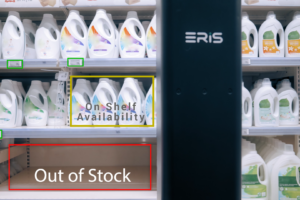“The delivery time window option in the evening is a great hit”
Interview with Arne Schulke, Professor for Management Control & Leadership
Few local retailers are brave enough to offer same-day delivery. They should use their “business savvy”, suggests logistics expert Arne Schulke of the iubh International University of Applied Sciences Bad Honnef. He offers practical tips, reveals who can benefit from this service and explains how the goods can be skillfully shipped to the customer.
Professor Schulke, why are so few small retail businesses offering same-day delivery (SDD) service?
I’ve often wondered this myself over the past few years. I think they are missing out on a great opportunity because they typically don’t see the added benefit this service offers their customers.
What is the added benefit?
Quite simply put, letting customers choose whether they want to take advantage of this type of service. This also allows retailers to compete with the market leader Amazon.
What keeps retailers from offering this service?

Professor Arne Schulke © iubh
For one, small, local retail businesses lack a deep understanding of the needs of their different customer groups. This is where Amazon is light years ahead of every German small retail business. On the other hand, retailers fear the technological complexity of this service. They shouldn’t because this isn’t rocket science.
What do I need from a technological perspective to be able to offer SDD?
Essentially, you don’t need special technology to be able to offer SDD in offline retail, meaning for the storefront location. It is primarily a question of how retailers organize the delivery processes in the background. Having said that, the real potential for offline retailers lies in the implementation of an online shopping site that is also tied to their inventory management system. In doing so, retailers can ensure that their customers can also order from home and then receive their products on the same day, without the need to come to the storefront location in person. Today, there are very standardized and affordable technical solutions available to accommodate this endeavor, albeit many brick-and-mortar retailers are unaware of these options.
What’s your suggestion?
Retailers need to forget the notion that deliveries need to happen very quickly and that this might tie up business operations at the main store. We have found that customers don’t necessarily want to receive orders at their doorstep within two hours but prefer to accept the delivery when they are actually at home. That’s also why the delivery time window option in the evening is a great hit, meaning delivery takes place between 6 and 9 PM. Needless to say, this is very conducive to the same-day delivery concept because it allows retailers to consolidate and does not require them to send out single shipments throughout the day. That’s when things start to pay off and become profitable.
If technology is not the problem, then it must be the delivery that causes difficulties?
It shouldn’t be a problem because retailers should not take this matter into their own hands. It makes far more sense to use your business savvy and look for an expert who does this job for you.
Can you give us an example?
The Asian restaurant near me always makes evening deliveries after 6 PM anyway. As a retailer, I could make arrangements to where the restaurant’s delivery driver also delivers my orders at an attractive price. It’s quite easy to piggyback on these types of already existing structures. Every big city boasts a variety of delivery services. Obviously, it is crucial that the service provider offers great quality service at an affordable price, which retailers have to diligently test and monitor.
What does this delivery process look like on a typical day?
Simply put, every day at 5 PM, I process my online and delivery orders from my brick-and-mortar store, prepare them for shipment and then turn them over to the service provider. If needed, I can also offer a guaranteed hourly window delivery option but that usually translates into significant additional work and expenditure.
In which areas does SDD pay off?
Especially in the convenience sector, it’s virtually inexcusable if retailers don’t offer this particular service at this point in time. When it comes to heavy or bulky items, SDD is a popular choice and the same applies to the food industry – albeit, profit margins are very low, though it prevents customers from having to carry cumbersome items. This is an added benefit, especially for older people – and that’s something that can always be marketed.
In general, not all retailers can implement SDD, because SDD only works over short distances. What’s more, same-day delivery is a tough and tricky business for logistics experts. This service is only cost-effective in densely populated areas. As a service provider, you really have to work hard, plan ahead and consolidate shipments to make a profit. That’s why the service must be a good fit for both the retailer and the carrier.
In other words, it doesn’t work in rural areas?
No, it doesn‘t. As a business economist, I can also predict that it will stay that way. Germans are simply too mobile and we drive to destinations, while our willingness to pay for home delivery service is far too low compared to other European countries.
How much are customers actually willing to pay for this service?
The amount of money customers are willing to pay for same-day delivery is generally less than five euros. That’s not enough and doesn’t cover expenses unless you are in densely populated metropolitan areas. Having said that, if the delivery- as I have mentioned earlier- is well planned and consolidated, you can implement this service successfully.
Interview: Natascha Mörs
First published at iXtenso – Magazine for Retailers









